Factories Can Be Beautiful
In 1934, Johnson & Johnson built a new plant in Central New Jersey for the Company’s newest affiliate company, Personal Products Company. What did that plant have in common with the recently completed Empire State Building? It certainly wasn’t height. And it wasn’t part of the climax of a famous movie, either. Give up? The buildings had the same architect. It was all part of Robert Wood Johnson’s “factories can be beautiful” plan. That architectural firm that built the plant was Shreve, Lamb & Harmon, who in 1934 had just completed the world’s tallest building, a building that’s still one of the major New York landmarks today. Johnson’s engaging them raised quite a few eyebrows….including those of the architects, who were flummoxed when, after designing the world’s tallest building, they were asked to design a one-story building. Johnson wanted the new plant to be expandable in four directions, and to use cutting-edge new building materials like aluminum and plastic. He also wanted it to be on a huge, landscaped piece of land. This building would clearly be a far cry from the typical late 19th century dingy, crowded, brick industrial buildings.
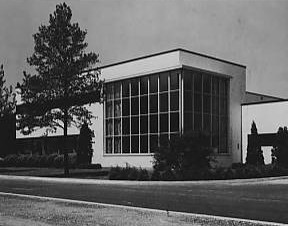
One of the "Factories Can be Beautiful" Buildings in Central New Jersey
In the 1930s, much of American industry still manufactured goods in buildings that were drab, many decades out of date, frequently unsafe, and not very nice to look at. So starting in the 1930s, Johnson & Johnson started designing and building plants like the one above that were sleek, modern and attractive, and would not look out of place in any community. In fact, occasionally some of the sites were mistaken for modern college campuses.
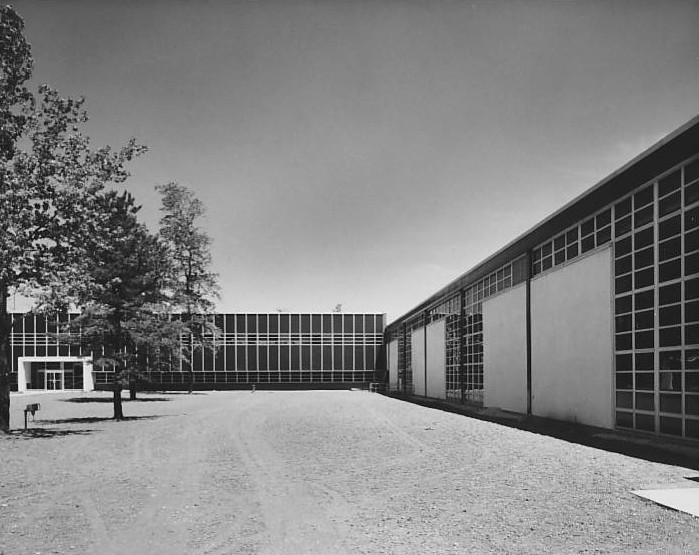
Part of the Old Eastern Surgical Dressings Plant Complex
The typical manufacturing facility in the Johnson & Johnson Family of Companies was low, often one story, with a light colored exterior, and lots of windows, and it was situated in the middle of a huge expanse of landscaped lawn and trees. Some of the landmark “factories can be beautiful” buildings in New Jersey have distinctive blue-tinted glass windows…such as the original headquarters of Ethicon, Inc.
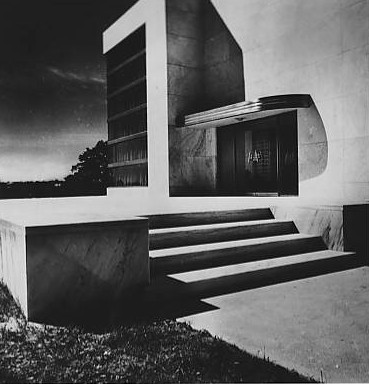
The original Ethicon, Inc. building...with its marble facade, terrace and distinctive windows.
Others use design elements from local architecture, like the pointed archways on this one from 1971.
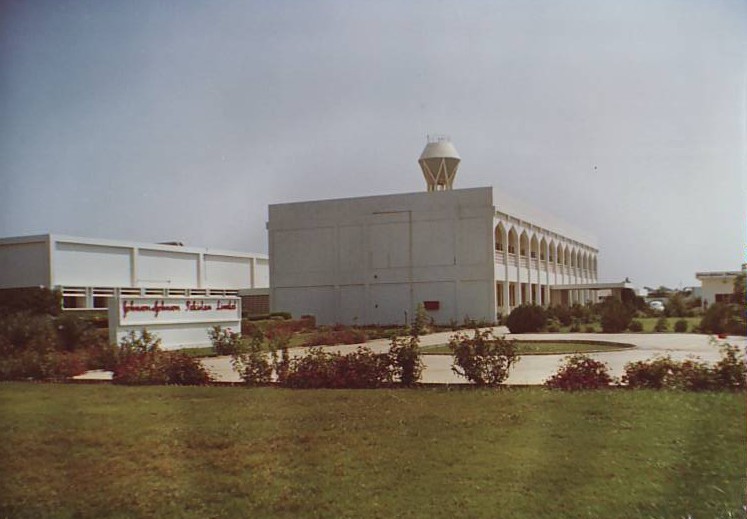
These distinctive, beautiful and eye-catching plants and facilities that were built as part of this “factories can be beautiful” philosophy came to be a hallmark of Johnson & Johnson companies across the world. The building’s facades were all different, and they were designed specifically so that workers could look out and see greenery and nature. Manufacturing areas were bright and airy, and were often air-conditioned.
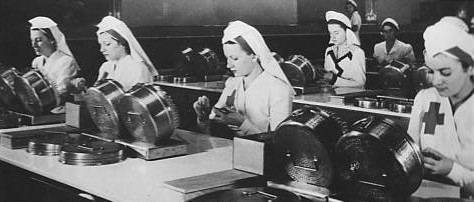
Manufacturing area in one of the "Factories Can Be Beautiful" plants
Inside the plant, machinery had specially-designed covers that matched the pastel-colored walls, and kept oil and other materials from soiling the white uniforms the manufacturing employees wore. The lobbies and reception areas were plush and beautiful, and employees were encouraged to use the lobby entrances – not a back entrance -- when they came to work in the morning, so that they would feel it was “their building.”

The Lobby of one of the Factories Can Be Beautiful Buildings
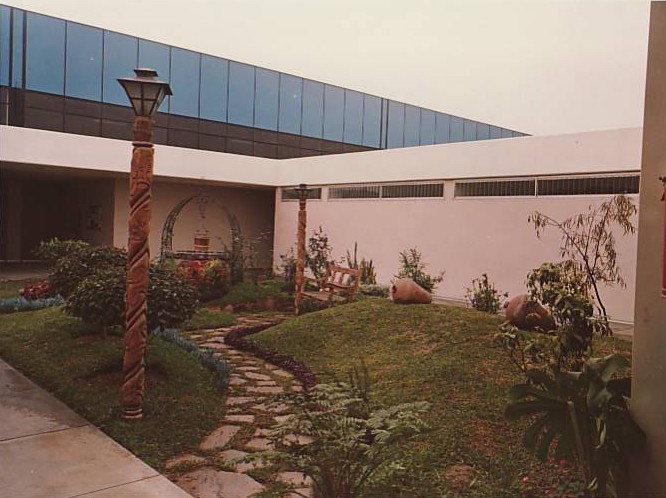
Johnson & Johnson del Peru S.A., 1971, view of exterior with garden
When asked why he went to such great expense and effort to build these kind of plants, Robert Wood Johnson said that, in the long run, they were less expensive because employees took pride in their workplaces, had higher morale working in such a setting, and thus made better quality products. Also, the beautiful plants were looked upon by communities as an asset. But because Johnson & Johnson has always operated on good business principles, the Company made sure that even though they were going the extra mile and creating something special with these buildings, it was still done in a responsible and cost-effective manner. Here’s what Robert Wood Johnson said:
“It’s easy to plan a fine building, if you let your imagination run wild and send costs sky high; but it is far from easy to erect a good modern factory at a cost that will permit profits. When you do that you make a real contribution, not only to your own company, but to industry as a whole.” [Robert Johnson Talks it Over, Johnson & Johnson, New Brunswick, NJ, 1949, p. 50]
